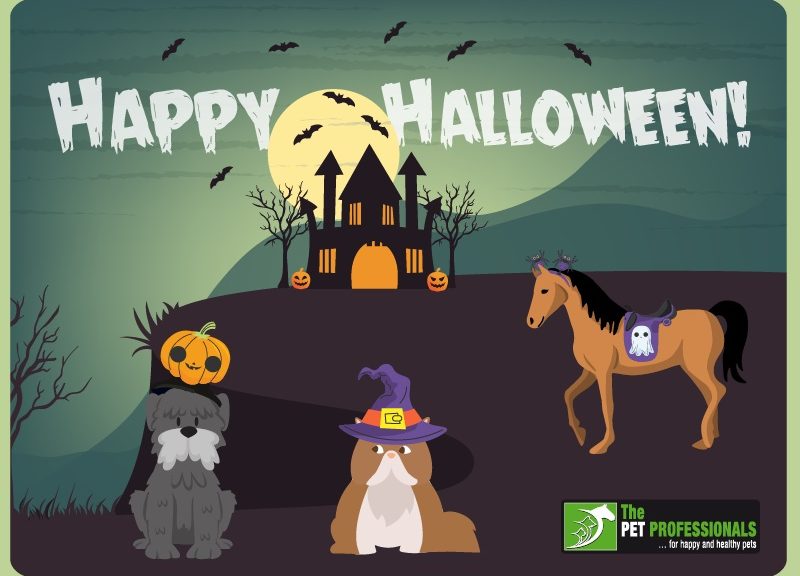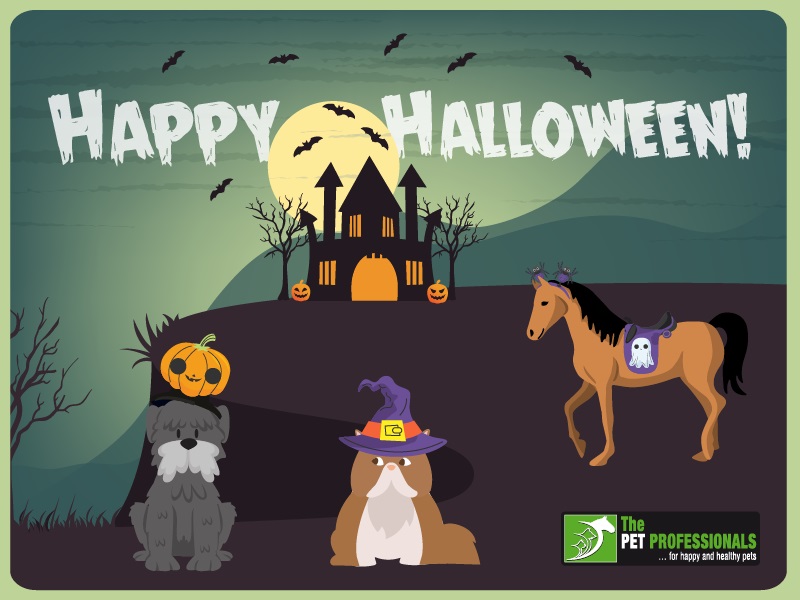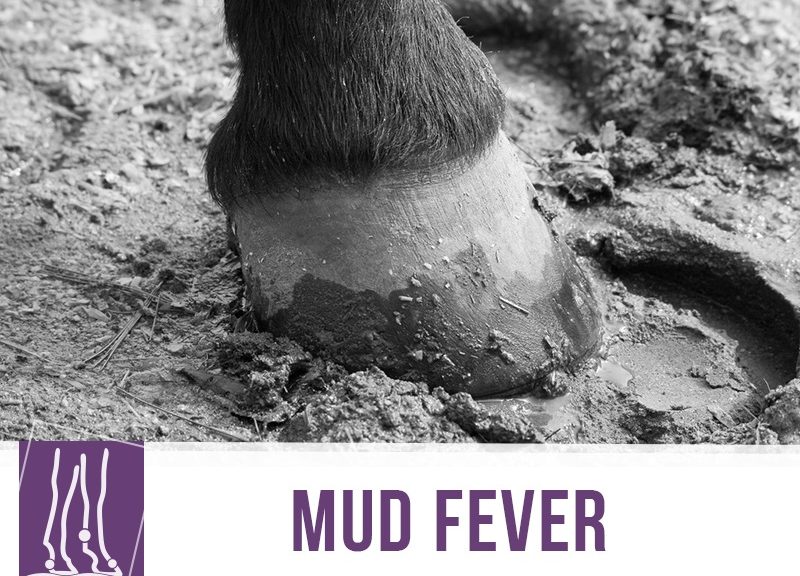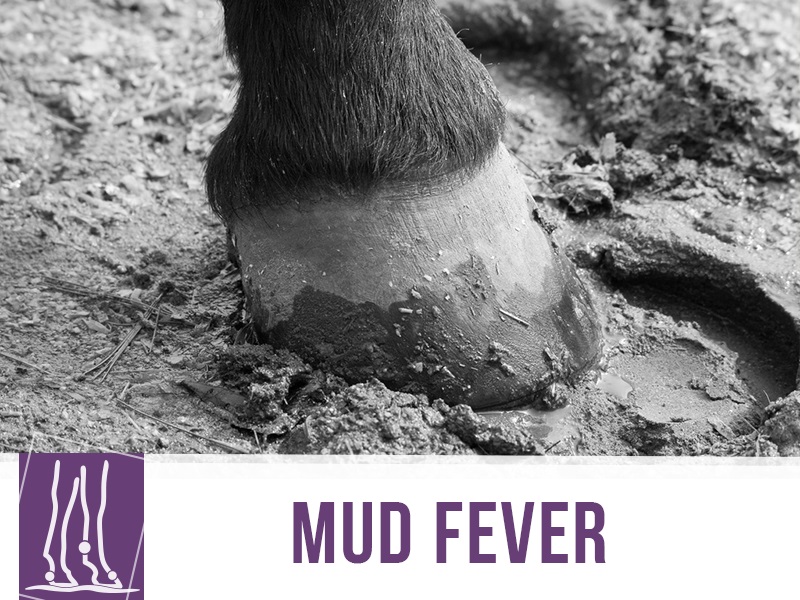Firework season has officially started! Normally, this is not met with much joy from our pets and it’s not hard to understand why.
If you’ve done all the preparations prior to Bonfire night such as behaviour modification, introduced specific medication to help with anxiety, purchased a very fashionable thunder jacket and trained with your pet to minimise stress and fear there are still many things that can be done today to help ensure a calmer day.
We leave you with some helpful suggestions:
- Build a nest! Grab a cage or a sturdy box and drape it with some thick blankets or other noise muffling materials and place it where your pet feels comfortable
- Keep microchip information updated! Many pets run away in fear and get lost, and a current chip could be the difference between a happy reunion and being lost permanently
- Let them have access indoors or to a comforting location! Don’t trap them outside with no way to hide and let them access whichever rooms they feel most comfortable in
- Distract them! Put on the TV or some music that doesn’t stress them out and try to play with them or engage with them using fun toys
We hope you have a great Bonfire night and don’t forget! Check under your bonfires and make sure there are no friendly hedgehogs snuggling for warmth.





